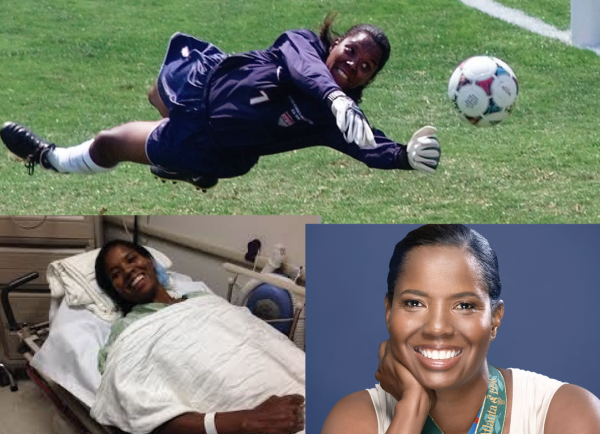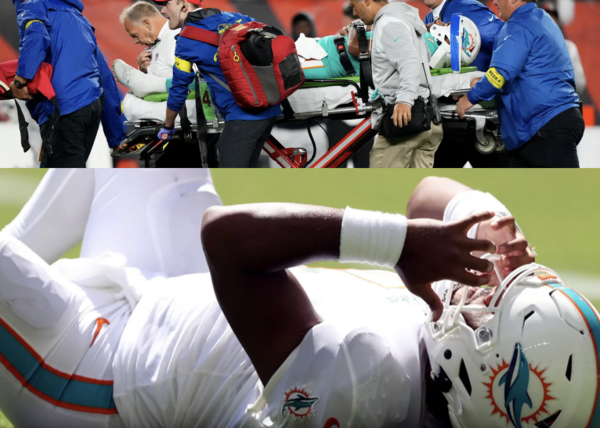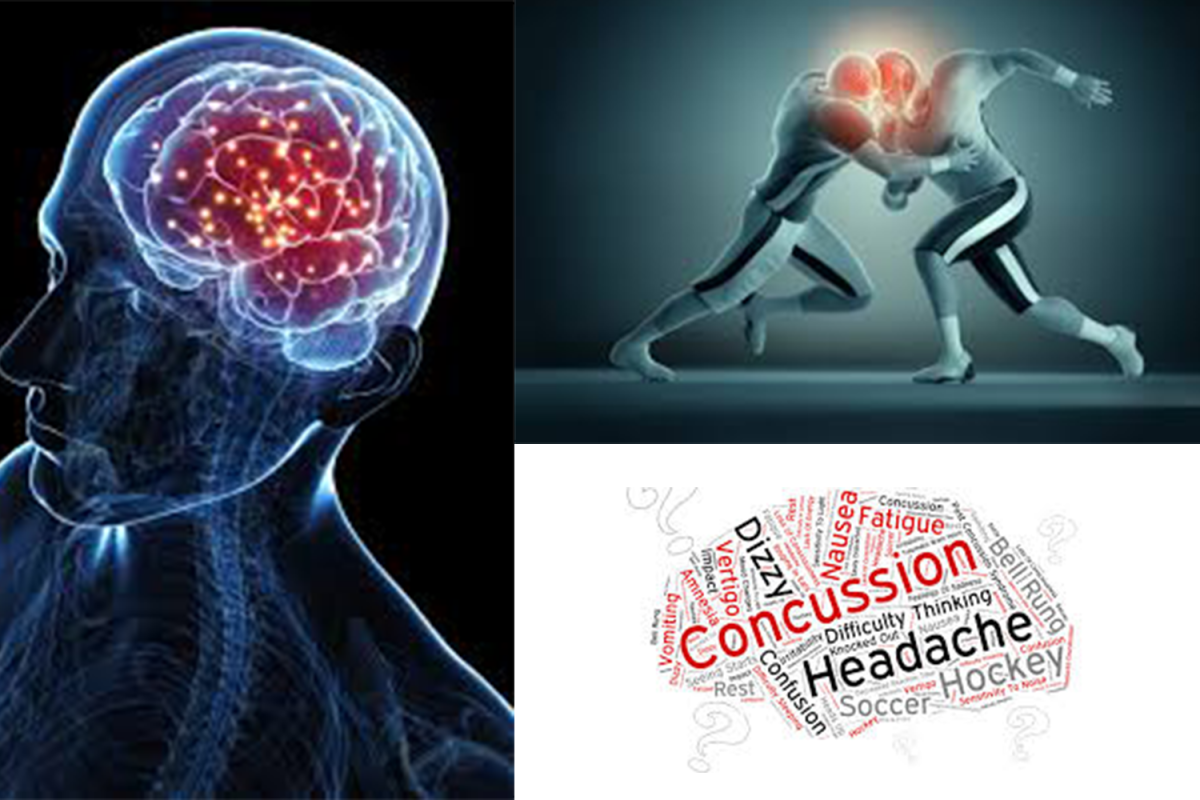Concussions are a frequent injury among athletes. Every year, around 3.8 million concussions result from sports in the United States (US), according to uofm.org. Once an athlete sustains a concussion, symptoms can progressively get worse and take longer to recover from. The brain’s failure to return to normal after multiple concussions can lead to long-lasting symptoms. The enduring effects of multiple concussions include forgetfulness, headaches, and personality changes, according to cognitivefxusa.com. On the professional level and at Sacred Heart Greenwich, athletic trainers and physicians closely monitor athletes who sustain multiple concussions because of the serious consequences tied to this injury.
A concussion is a mild traumatic brain injury that affects brain function. Symptoms of a concussion include headaches, trouble sleeping, memory issues, balance problems, and mood swings, according to mayoclinic.org. Concussions occur when a direct impact or whiplash effect causes the brain to move inside of the head and bump against the skull, according to qbi.uq.au. This impact causes temporary chemical changes that cause the brain to stop working as it should. The brain will then direct all of its energy to healing itself after an injury of this nature. Therefore, the most common course of treatment is rest in order to allow for the most effective healing, , according to clevelandclinic.org.

Individuals who have already sustained a concussion are more likely to have severe symptoms and require a longer recovery time, according to childrenshospital.org. Many athletes who have made a full recovery from a concussion and return to play are more susceptible to getting another concussion, according to cognitivefxusa.com. In 2010, soccer player Ms. Briana Scurry, the goalkeeper for the US Women’s National Team (USWNT), collided with a player, according to npr.org. She had three previous concussions, but potentially sustained more undocumented concussions throughout the years. Ms. Scurry later discovered that the collision resulted in a traumatic brain injury that smashed her occipital nerve, according to scientificamerican.com.
As a result, Ms. Scurry battled with constant headaches, depression, and suicidal thoughts for three years and fought to get a bilateral occipital nerve release surgery. Once she received the procedure, the surgeons went into her brain and removed the damaged tissue that was pressing the occipital nerve, according to brainandlife.org. Although this concussion ended Mrs. Scurry’s career, she dedicated her life to becoming an advocate for concussion research and awareness, according to briscurry.com.
Football player Mr. Tua Tagovailoa, a quarterback of the Miami Dolphins, has also endured many concussions during his five-year career in the National Football League (NFL). American football has one of the highest concussion risk, according to pmc.ncbi.nlm.nih.gov. Each time he suffers a concussion, Mr. Tagovailoa presents more serious symptoms and takes longer to recover, according to miamiherald.com.
In 2022, he suffered a hard hit to his head during a game and got diagnosed with a grade one concussion after briefly going unconscious, according to draftshark.com. Mr. Tagovailoa had fallen to the ground only four days earlier and potentially had suffered a head injury from this tackle, according to usatoday.com. Later on that season, Mr. Tagovailoa sustained another hit to his head during a game. He received a diagnosis of a grade three concussion and did not return to play for the rest of the year, according to espn.com.

Then, in 2024, Mr. Tagovailoa endured a fourth hit to the head. He went into a fencing response, causing his arms to go into an unnatural position directly after the hit. His coach, Mr. Mike McDaniel, decided it would be best to place him on the injury reserved list, meaning he would miss at least four games, according to espn.com. Each time Mr. Tagovailoa sustained another concussion, his symptoms got progressively worse, conveying the importance of taking necessary precautions and allowing the brain to rest after a traumatic head injury.
At Sacred Heart, to limit the risk of sustaining multiple concussions to this magnitude, all student-athletes take a concussion baseline test to document brain function and activity every two years before the start of preseason through the app, Sway. If a student-athlete suspects they have a concussion, they can retake the test and the athletic trainers can compare the results to the baseline assessment. Documenting brain function through the Sway app is helpful in following the patient’s diagnosis and recovery.
When an athlete sustains more than one concussion at Sacred Heart, Mrs. Christina Cauliffe, Head Athletic Trainer, Upper and Middle School Health Teacher, and Health and Wellness Department Chair, and Mr. Daniel Segui, Assistant Athletic Trainer, closely monitor the student-athlete and strictly follow physician’s orders. It is a common practice among sports medicine doctors to evaluate each situation individually to figure out if the patient can return to their sport. Typically, doctors will recommend that after an individual sustains over three concussions, they stop taking part in sports. Mrs. Cauliffe shared what precautions Sacred Heart follows when student-athletes sustain concussions.
“The tissue in the brain is not meant to sustain high-impact trauma,” Mrs. Cauliffe said. “Once the tissue is damaged, it does not repair, and the brain has to discover new neural pathways to complete the same simple tasks like walking or reading. To track brain function, Sacred Heart uses a baseline neurological app testing program, Sway. It measures visual processing speed, neuromotor response, inhibition control, memory, and executive function. Additionally, there are precautions athletes can take to prevent a concussion, such as wearing a mouthguard, neck and shoulder strengthening, and proper hitting techniques in football and hockey. As new information is constantly coming out, listening to your body and utilizing the information from doctors, athletic trainers, and sports medicine staff to return to play and academics as safely and quickly as possible is essential.”
Featured Image by Claire McMonagle ’27




